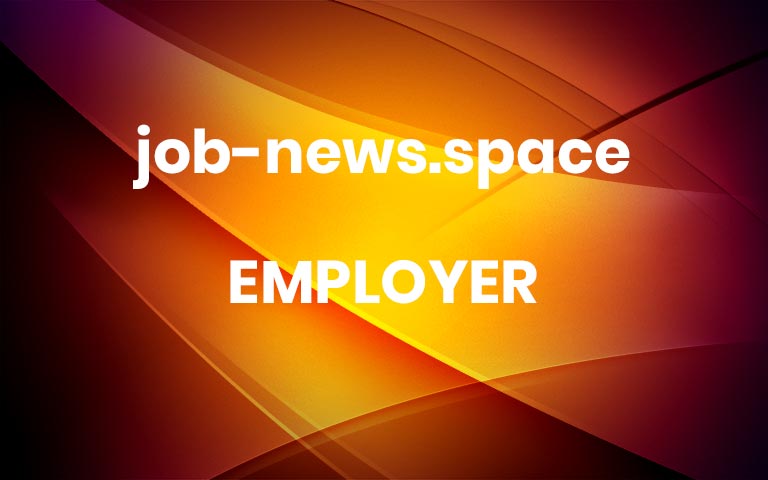Last year was largely characterized by the Great Resignation but this year, in 2022, both employers and employees face uncertainty in the hiring market. This challenges employers to be more efficient when attracting, hiring, and onboarding new tech employees. To help you be more competitive when sourcing top talent, Hired’s 2022 State of Tech Salaries report reveals the three benefits ranked highest by engineers.
Analyzing data from more than 907,000 interview requests across over 47,750 active positions, the process revealed insights from top tech talent and what they want in potential employers.
Potential candidates strongly factor benefits into their decision so this is important to your retention efforts with current employees.
Incorporate The Top Three Benefits in Your Recruiting Strategy
Hired’s 2022 State of Tech Salaries Report revealed engineers rank three benefits as most important to their job search outside of base compensation: flexible schedule, PTO, and physical health benefits. Are you an employer, recruiter, or hiring manager? Prioritize these benefits for robust recruiting and talent retention strategies and efforts.
1. Flexible Work Schedule
The pandemic forced companies to jump into remote work head first. However, as we adapt to the future of work, Hired found employees aren’t interested in fully returning to the office. Take a look at the response to our WFH questions. We found only 2% considered an in-office workplace most ideal. While over half (54.2%) would be willing to go back to the office if it came with more job security, they also reported they would search for other jobs with flexible remote work options right away.
Note the flexible option to work from home is now the bare minimum. You need a comprehensive flexible work schedule. Here are a few trending best practices to consider implementing and promoting:
Shortened Work Week
Many companies are testing adaptable schedules, such as shortened work weeks. This model makes sense, especially for tech roles unnecessarily tied to the traditional, Monday-Friday, 9-5 work week. Companies adapting to a 4-day model see increased productivity and better work-life balance.
Family-Friendly Workplace
The pandemic also shined a light on the specific challenges faced by caregivers. For working parents or those caring for aging adults, it was overdue. It humanized a lot of working relationships and often provided a bit of levity. How many kids and dogs have you seen on video calls?
As a result, reports found 57% of senior leaders plan to prioritize care benefits. When promoting flexible scheduling options, emphasize families may work around their responsibilities. Remember to be inclusive. Flexible scheduling isn’t only for working parents. Think of those who are in the “sandwich generation” or taking care of partners/parents.
2. Clear PTO Policies
First, it’s best to define your PTO policy. You won’t get far with candidates with vague mentions of “generous PTO.” What does that mean? Generous to whom? It’s all relative. Instead, clearly outline policies in your job postings.
Remember, asking employees to categorize their paid time off requests is passé. A solid and robust PTO strategy combines days for vacation, sick time, bereavement, and personal time in a single bank for employee use — no explanations for their use needed.
Another hot-button topic for benefits is the debate over unlimited PTO. There are pros and cons to its implementation:
Cons of Unlimited PTO
Ambiguity actually makes employees take less time off. Branka Vuleta, founder of LegalJobs.io, explains: “In reality, people who have an opportunity to take as many vacations as they can end up taking fewer days off than those with a limited amount of days off in a year.
In a nutshell, the unlimited PTO policy is a marketing trick supposed to lure people into applying for the job.” Employees new to unlimited PTO may not understand it’s not accrued, and therefore, isn’t paid out if they leave.
Pros of Unlimited PTO
Allows employees to take time off at their discretion and puts no caps on the number of days or hours used. This respects employees as adults instead of kids with a hall pass. This empowerment can be an attractive recruiting tool in a competitive marketplace.
Employee Communication Guidance
No matter what you decide, the key is to disclose as much insight into your PTO policy as possible. The last two decades of the tech revolution coupled with the pandemic created a more fluid and open-minded environment.
Prospective and current employees still want to understand, however, how and when they can take time off, and what the policy will mean to them. Consider mentioning:
Required PTO minimums: Explain how your company requires workers to take time off to avoid burnout. Assistance with PTO coverage: This is often an issue with the unlimited PTO policies. People can take off as much time as they want, but covering ongoing projects, deliverables, and duties is cumbersome. Have company leadership take this burden off employees’ shoulders and be sure to communicate this in your job posting. People-first strategy: Showcase your first priority is employee morale, mental wellness, and as much work-life balance as possible.
3. Physical Health Benefits
Healthcare in the U.S. is more expensive than ever. Combined with the painful lessons of the pandemic, employees are more aware of the importance of physical health and wellness.
So, health benefits play an integral role in recruiting and retaining employees. In addition, study after study proves healthier employees are happier and more productive — benefiting employers and their bottom line.
Physical health benefits include medical, dental, mental wellness, vision, and other benefits relating to healthcare. But it doesn’t stop there. While it’s imperative to list your complete health benefits offerings, be creative when it comes to wellness coverage and perks. Use these innovative companies and ideas as inspiration:
Platforms like Modern Health allow employees to enjoy a full spectrum of mental and physical health benefits via one app. Companies like Accenture provide confidential employee assistance programs with training and resources to help with stress, mental health, or substance abuse.A fitness reimbursement program can offer financial assistance for gym memberships, virtual exercise classes, or even personal trainers. For instance, Microsoft offers “$1,200 per year for employee-only wellness-related expenses that help you get and stay fit physically, emotionally, and financially.”
Refer to this exhaustive list of perks and stipends for more examples.
Want to Attract and Retain Tech Talent? Promote the Right Benefits
Competing for tech talent in this current hiring climate and job market may feel like a herculean task, but it doesn’t have to be. Just adapt your strategies to meet evolving expectations surrounding work-life balance, remote work, and other benefits. The good news is the work to make these shifts benefits your current team members and retention efforts, too.
Remember to emphasize your attractive benefits (specifically flexible schedules, PTO, and health benefits) on your careers page, job postings, and even social media. Shout about them everywhere. Quantify and qualify them to put it into context for prospective candidates. Consider asking current team members to participate in testimonials, quotes, or case studies.
This is a difficult time, but you don’t have to go through it alone. Hired’s platform allows you to highlight benefits in your company profile and helps ensure they’re communicated to candidates (i.e., in email requests to interview).
Hired also gives you access to ongoing real-time market data to tailor your outreach and optimize response rates. This ultimately saves HR teams time to focus on higher-level tasks like retention via employee experience.
Top Benefits Ranked by Survey Respondents
Get even more details about what tech professionals like engineers want regarding salaries, benefits, remote work flexibility, and more.
Related
Tracy Ring is a freelance writer and content marketer. She brings a real-life perspective to her writing from 10+ years of diverse experience, including HR, project management, customer and client relations, and admin roles. Connect with her on LinkedIn or Twitter. More



